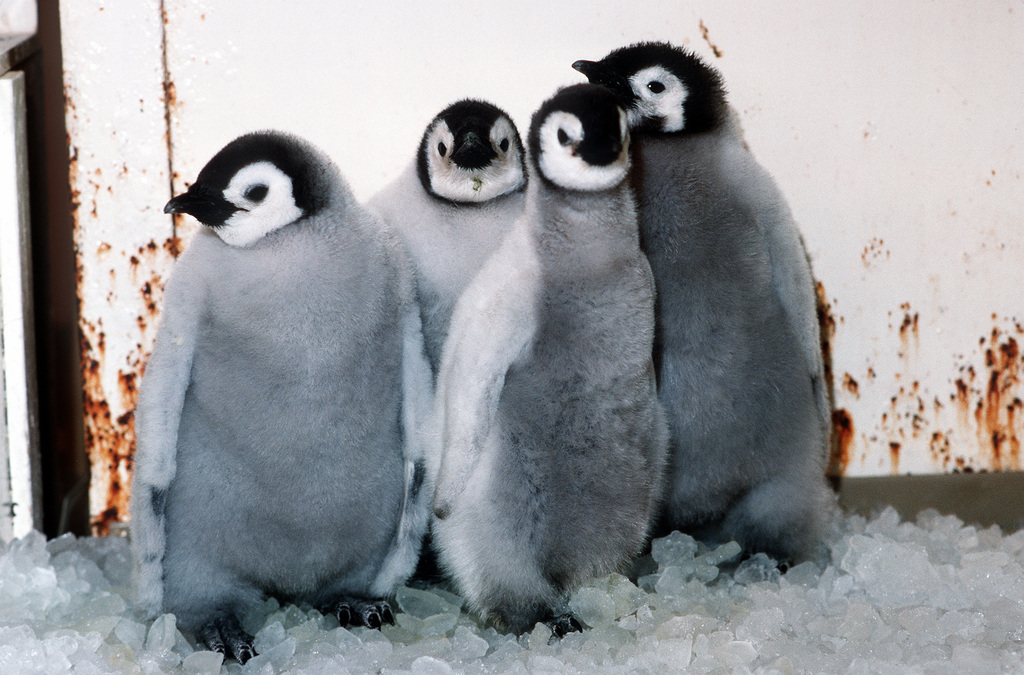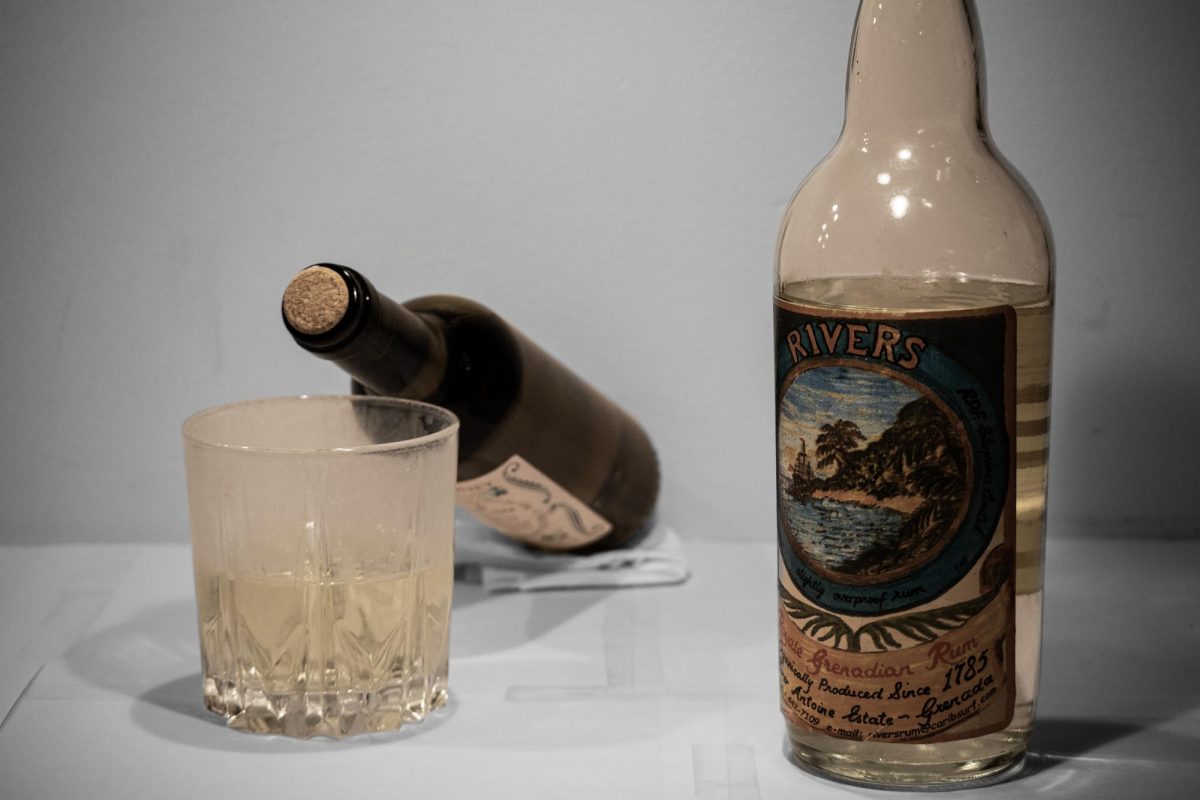In the forty-five years of satellite recording from the National Snow and Ice Data Center, Antarctica has gone through the four lowest sea ice extents since 2016.
Fast ice, the skirt of stable sea ice around Antarctica that is attached to the land, tends to form in
April and stays attached until January. In 2022, some of the regions within the Amundsen and Bellingshausen seas, located west of the Antarctic Peninsula, have seen a hundred percent loss of fast ice.
The fast ice loss resulted in five emperor penguin colonies to have a near failure in breeding. Scientists are speculating that these breeding failures may soon become a common occurrence if the percentage of fast ice continues to decline.
Emperor penguins are endemic to Antarctica and are the only penguin species that breed during the Antarctic winter, which lasts from March to the end of October.
Emperor penguins use fast ice as breeding grounds, laying their eggs in May and June to incubate for about sixty five days. Once the eggs hatch, they remain on the fast ice until the end of the fledging stage . This period is vital for the chicks because they exchange their feathers for more suitable plumage, allowing them to swim and withstand the cold-water temperature.
In December 2022, though the start of the fledging period was in the following months, the fast ice was tracking an all-time low set a year prior.
“When the sea ice breaks earlier, chicks can fall into the water and drown,” Norman Ratcliff, a seabird biologist with the British Antarctic Survey, said.
Before, the colonies would adapt by relocating to a nearby site, but this anomaly has affected the entire regions of the Amundson and Bellingshausen seas. Scientists believe the seas have likely been influenced by Triple-Dip of La Niña currents, which began in 2020.
The currents are affecting many areas of the Southern Pacific, leading to a negative Southern Annular Mode — SAM — which measures the mean sea level pressure between mid and high latitudes. It is expected for the SAM to turn positive as the currents from La Niña dwindle and the fast ice extent in the region grows.
As of now, none of the five colonies are large, with the largest colony, Smyley Island, averaging at 3500 pairs, and the smallest colony, Rothschild, averaging at 630 pairs.
Recent efforts have been made to provide protection and conservation measures in response to predicted population declines, but have ultimately failed at the Antarctic Treaty Consultative meeting.








